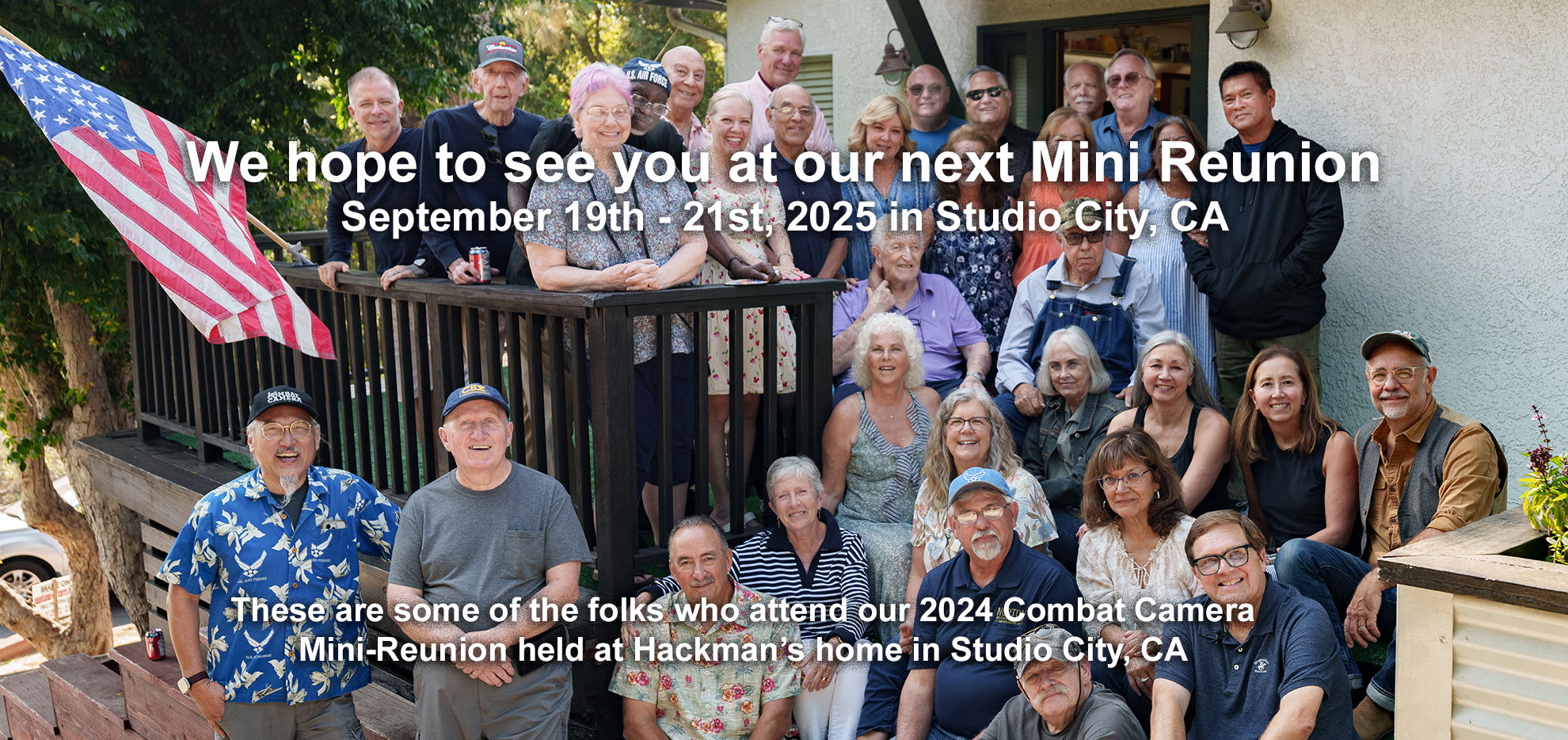
Garfield Fred Jones was born in Michigan on May 20, 1927. His parents were Garfield Hartley and Millicent Jones. His grandfather given name was also Garfield. Like Fred they all used their middle name as their given name. His parents were Canadian and lived in Canada their entire lives. In 1927 during an extended visit to Michigan, Millicent gave birth to Fred making him an American citizen.

He was the oldest of four brothers and a sister. Brother Bill ended up living in New Zealand where he operated a very successful business throughout Asia. Brother Gordon and wife Margaret continue to live in Canada as does sister Marilyn. Brother Robert passed in 2006.

When Fred was 12 years old his mother passed away. Four years later at 16 years old he travelled to New York City and subsequently landed a job at the Electric Boat Co. in Groton, CT.
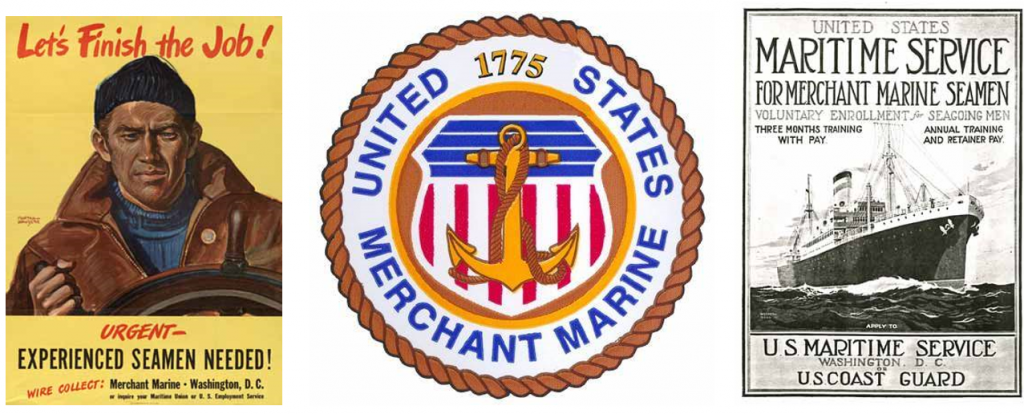
When he was seventeen, he joined the U.S. Merchant Marines and served until the end of World War II. During that time, he made numerous trips aboard Liberty Ships delivering war materials and supplies to the American forces fighting in Guam, Saipan and throughout the South Pacific.
The World War II United States Merchant Navy was the largest civilian Navy in the world, during World War II. With the United States fighting a world war in all the world oceans, the demand for cargo and fuel was very high. These Merchant Mariners served with bravery and honor as they kept the Allies supplied on the front lines. These mariners were private seamen who enlisted to sail on merchant ships across the Pacific and Atlantic. They did not see combat yet risked their lives in supplying the tools needed to win the war. Roughly 4 percent of those who served were killed, which was a higher casualty rate than any other US military service”.
Fred kept in his files a letter he received at the end of World War II from President Harry Truman thanking him for his Merchant Marine service and indicated that his wartime service had fulfilled his military commitment. However, when the Korean War erupted in May 1950, he like many others received his Selective Service Greetings and in 1951 was drafted into the U.S. Army.
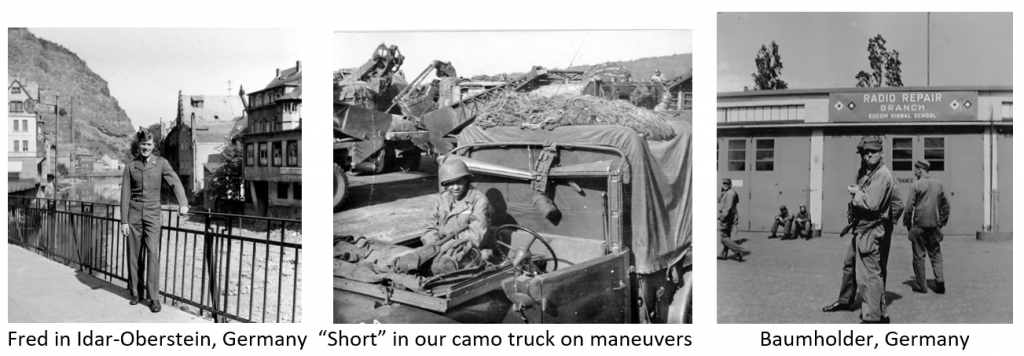
But instead of being sent to Korea he was sent to the United States Army Garrison (USAG) Baumholder, Germany as a Radio Operator in Patton’s Hell on Wheels Command. With a friend from New York City he was assigned to an all-black company of truck drivers as part of the U. S. Army’s nascent desegregation program.
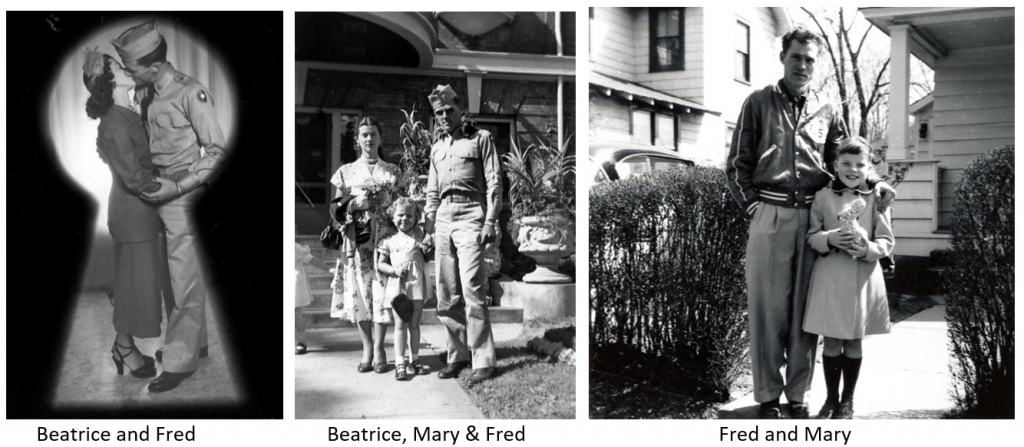
Prior to going to Germany, he married Beatrice Kurtz and they had a daughter, Mary.
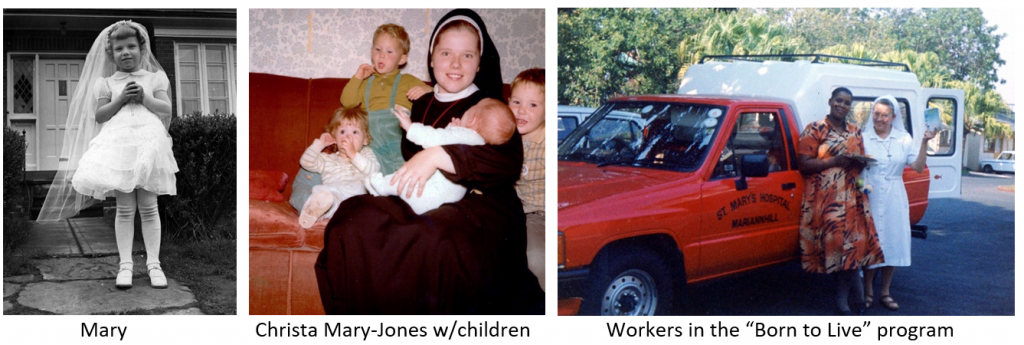
The child, Mary, stayed with her mother and as an adult entered a Catholic convent becoming a nun, Sister Christa Mary-Jones. She moved to South Africa and eventually oversees the “Born to Live” program, run under the auspices of the United States-based Catholic Medical Mission Board designed to cut transmission of HIV from mothers to their children. In the 2000s she relocated to a convent in Reading, Pennsylvania.
After being discharged from the Army in May 1953 he and Beatrice divorced and he returned to New York. There he reconnected with the Maritime union getting a job as an Able Seaman on two nine-month cruises around the world.

Following that he moved to Los Angeles where he did some abalone diving and for a summer served as a quartermaster on the Catalina cruise ship known in its heyday as the “Great White Steamer” carrying up to 2000 passengers on the two-and-a-half-hour trip to Catalina.

Having saved some money and with the help of the GI Bill he decided to attend Brooks Institute of Photography in Santa Barbara, CA. He only lasted four months, not agreeing with their plans for his photographic life. In 1957 he returned to New York where he attended and graduated with an award of excellence for portraiture from the New York Institute of Photography.
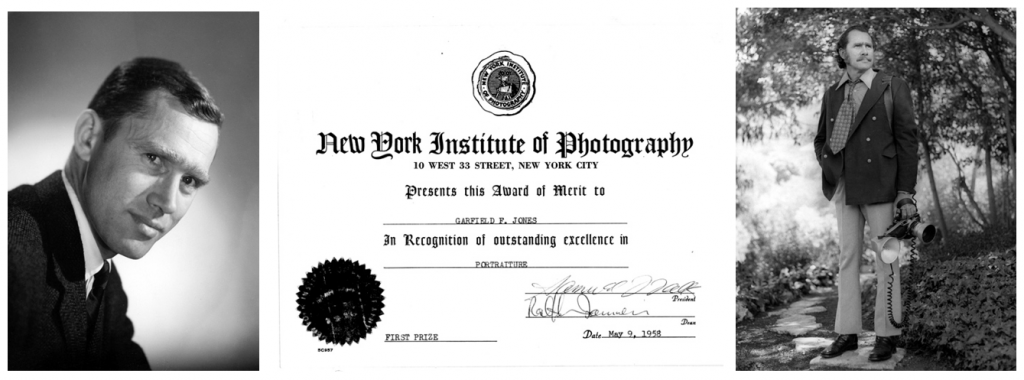
Returning to Los Angeles he had a job offer for a ship sailing to South America when a friend helped him get a job in the photo lab at North American Aviation in Downey, CA. After complaining that he was a photographer not a photo printer, his boss, Jerry O’Brian gave him a photographer position. While at North American he met Patty Hall who became his lifelong love and companion.
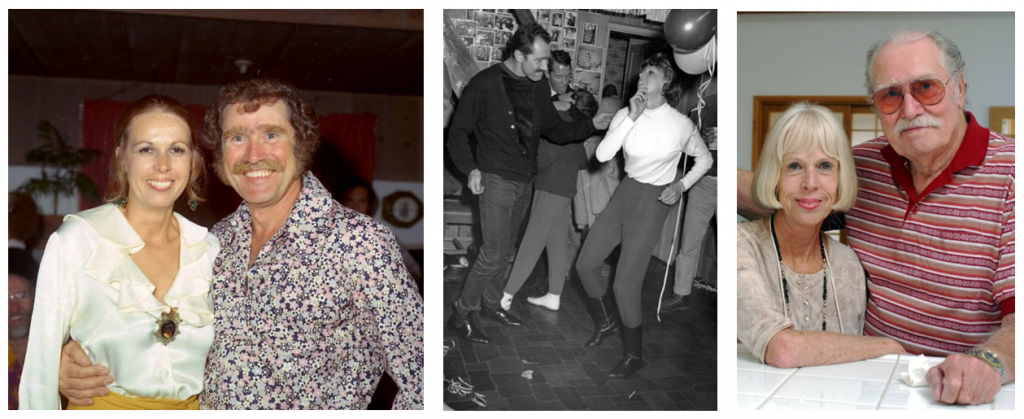
Following his work at North American he ended up working as a photographer for Jeff Moses at Det 13, 1369th at Los Angeles Air Force Station. Eventually he got bumped out of that civil service job. He and Patty lived in Sunset beach for 3 or 4 years and then took a yearlong European vacation, touring in a VW camper. They returned to Southern California and acquired another VW camper and drove south through Mexico to Guatemala, El Salvador and Belize. He and Patty never officially married but according to Fred they had “some sort” of ceremony in Mexico. Patty took Jones as her surname for life.

Back in Southern California, he was hired by Sal Maimone to work in the AAVS still photo laboratory at Norton Air Force Base. Subsequently he and Patty bought a house in the Crestline community in the San Bernardino mountains. After a year Patty still consumed by wanderlust left Fred and Crestline for Nairobi, Kenya. This physical separation did not diminish their love and respect for one another that remained for the rest of their lives.
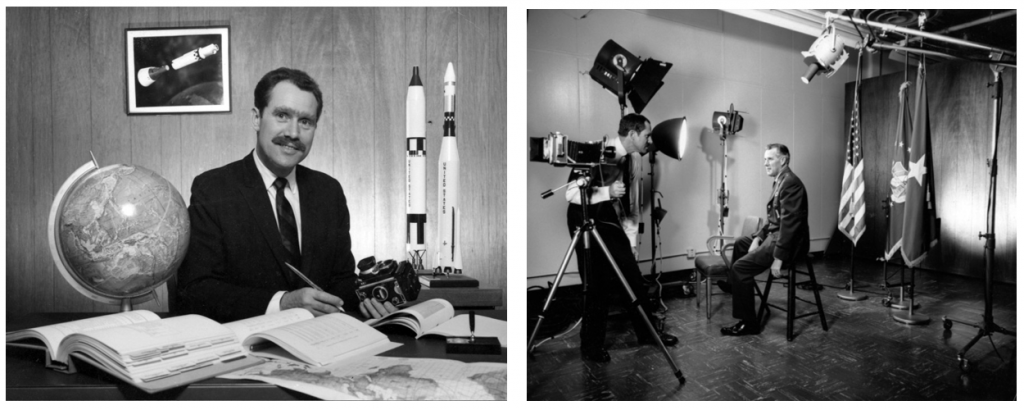
He continued working in the still photo laboratory in a job that was scheduled to become a contract position. At this same time in 1978. Dennis Fisher, who was working for Ken Hackman in the Photojournalism Division (DOPJ) transferred to a photo technology job at the 1369th Photo Squadron, Vandenberg AFB. Fred applied for this still photographer position and Ken hired him in 1979.
Although now in the Photojournalism Division, Fred background and skills in portrait photography, from his training at New York Institute at Det 13 and in the AAVS photo laboratory, remained in demand. Many Air Force officers who believed that if Fred photographed their required 36-93 official officer portrait it would enhance their promotion potential. More than once they showed their appreciation with a bottle of an adult beverage!
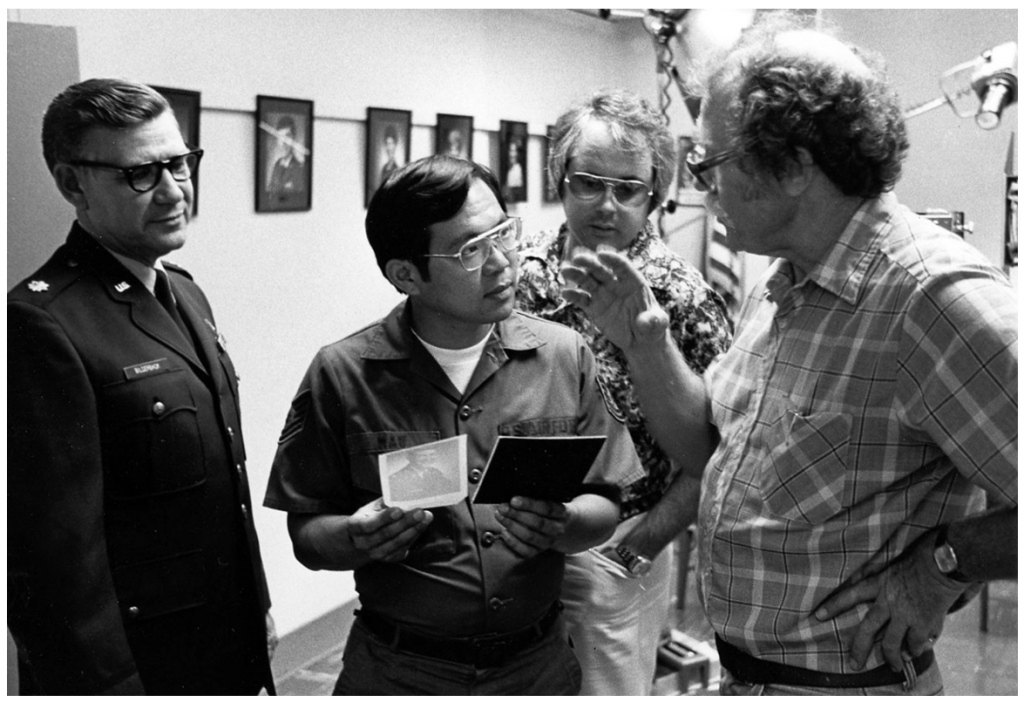
In the 1980s AAVS had seven squadrons with over 60 detachment and operating locations throughout the world. Most of these subordinate units were responsible for providing 36-93 portraits for all assigned officers at their location. The poor quality of many of these portraits was a primary source of complaints sent to AAVS Headquarters. Because of Fred’s reputation as the AAVS/Air Force “Portrait Guru” he was asked to develop a 2 to 3-day portrait seminar and teach it at the AAVS units worldwide. The results; a marked improvement in officer portraits.

But he also wanted to fly and photograph from jet fighter aircraft, so in 1981 at age 54 he took a flight physical and got his “chamber card”.

In the Photojournalism Division, he along with the other photojournalist documented a variety of Air Force and Dept. of Defense assignments worldwide including “Reforger” military readiness exercises in Germany, Team Spirit in Korea and the Operation Market Garden commemorations in the Netherlands.

It wasn’t all work, Fred and his co-workers had fun whether at one of many PJ parties, the annual Commander’s Conferences, or at the Korean Folk Village during Team Spirit.

After ten years traveling the world Fred decided to hang up his cameras and retire from civil service. A retirement dinner was held at the Mexico Restaurant in San Bernardino on September 28, 1988. He very specifically said he did not want any plaques commemorating his service. Naturally the response was to gather as many old wooden plaques and have his friends present them to him.
Another retirement celebration followed with a PJ weekend get together at Hackman’s beach house in La Mision, Mexico.
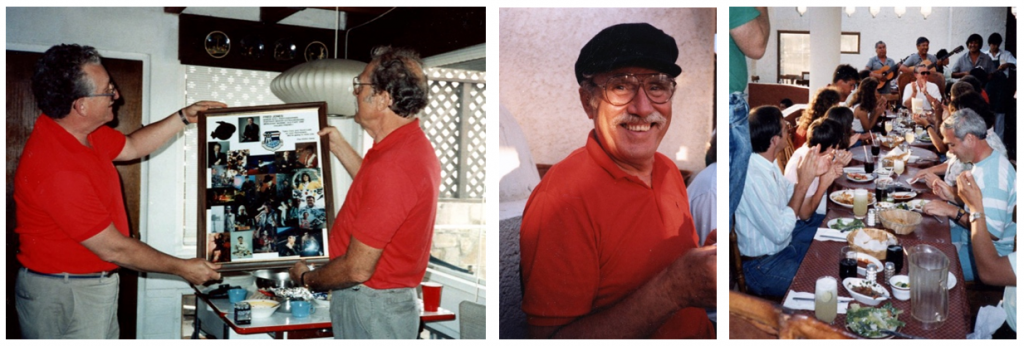
After retirement he reactivated his Maritime Union card and for seven years returned to his seafaring ways as a boatswain on cargo container trips between Hawaii and California.

Fred loved his home in Crestline…in the summer! But not so much in the winter!
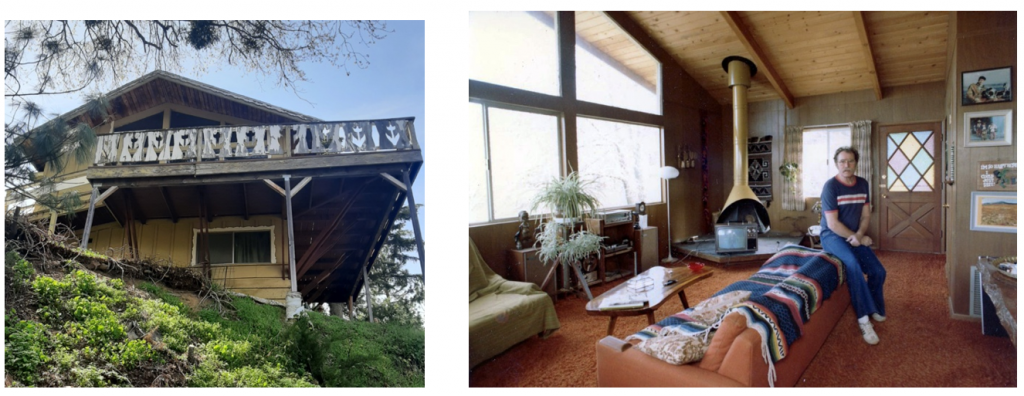
Exotic Asia, especially the warm weather of Thailand, was always attractive, especially when snowy weather arrived in Crestline. In 1995 he began what became an annual event; a trip to the island of Koh Samui, Thailand. In 2002 after seven trips he had a house built there.

On these trips he often included an en-route stop in New Zealand to visit brother Bill.

In 2012 after seventeen years, too many tourists, and enough Bangkok tailor-made clothes and shoes he decided to sell his Thai home and give up the annual trips. He continued to see Patty, his many friends at birthdays, luncheons and parties Of course, he also continued complaining (it a Fred thing!) about the cold winters and how he had to get off the mountain.
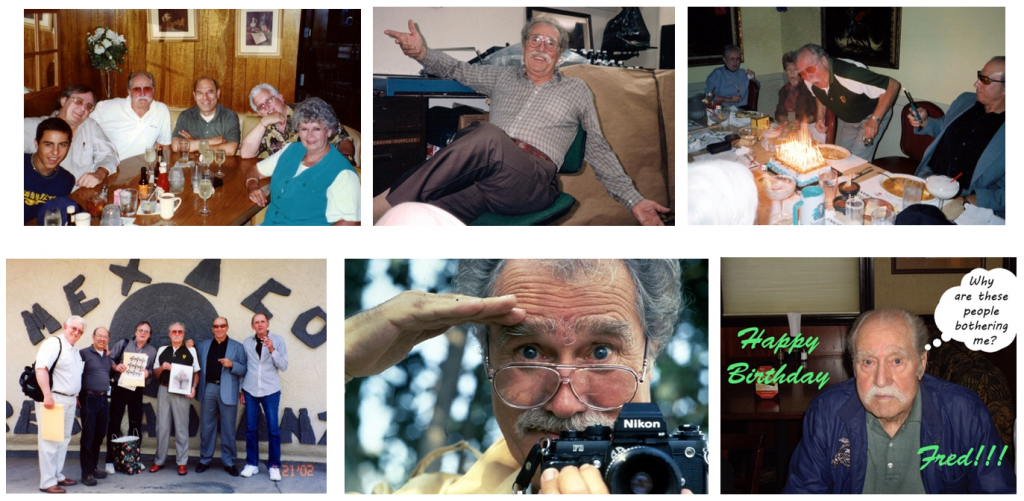
Fred passed away in his mountain home on February 4, 2022.
Putting together this Profile I learned a lot about my friend and his fascinating life. I shall cherish the memories of the unforgettable adventures and fun with Fred, me and Jose Cuervo (with orange juice), spanning over forty years. He was stubborn, loyal, a curmudgeon and a good friend. I miss his weekly phone calls. Rest in Peace dear friend.
Love you old friend. – Ken
January 2023

